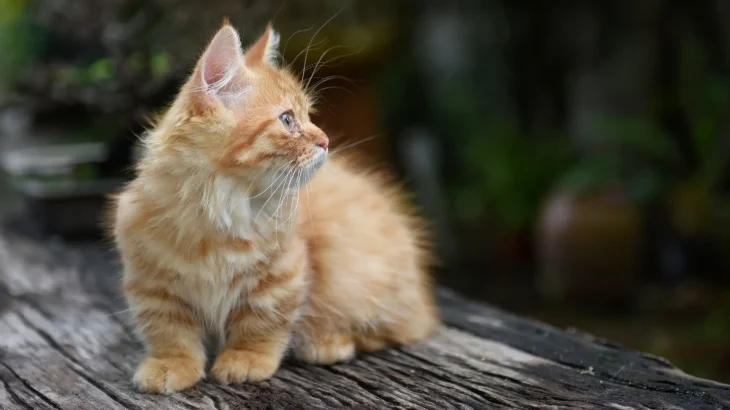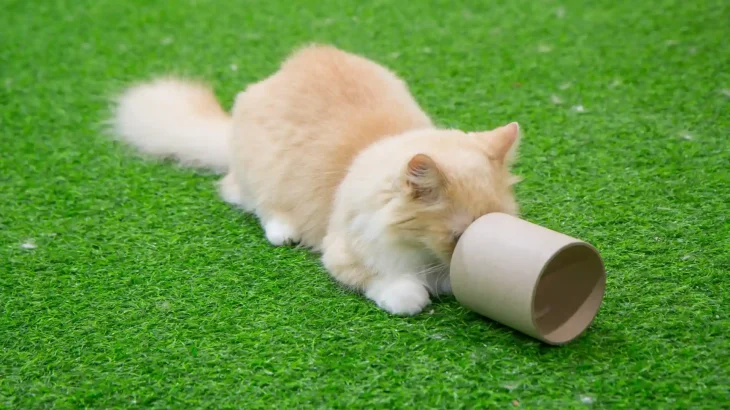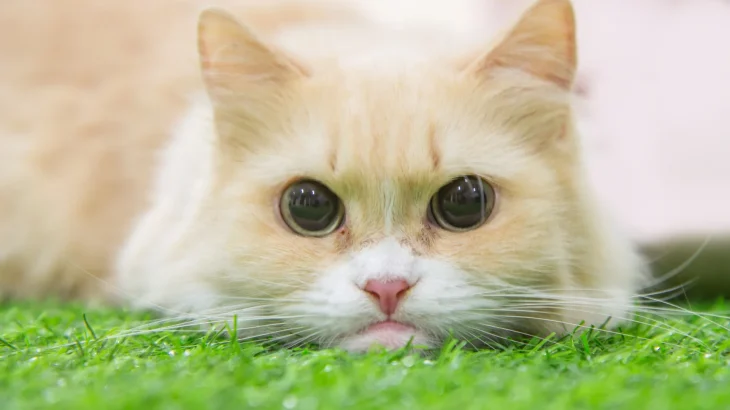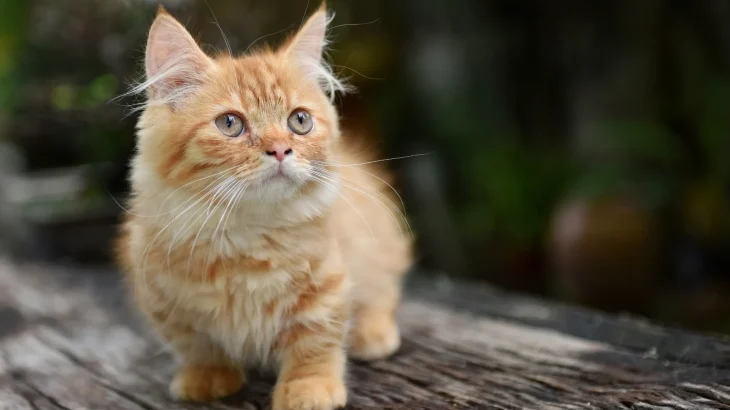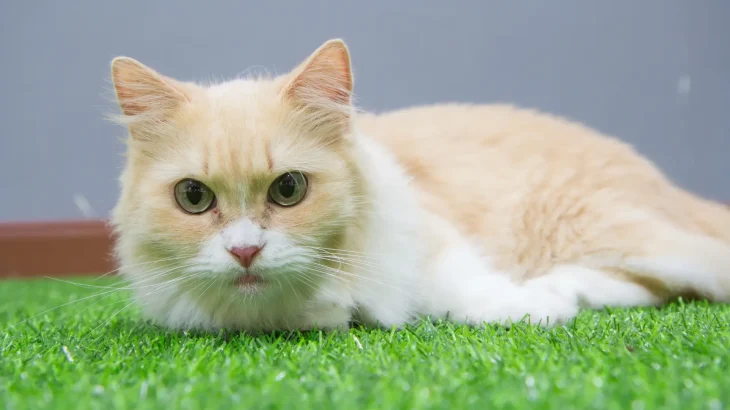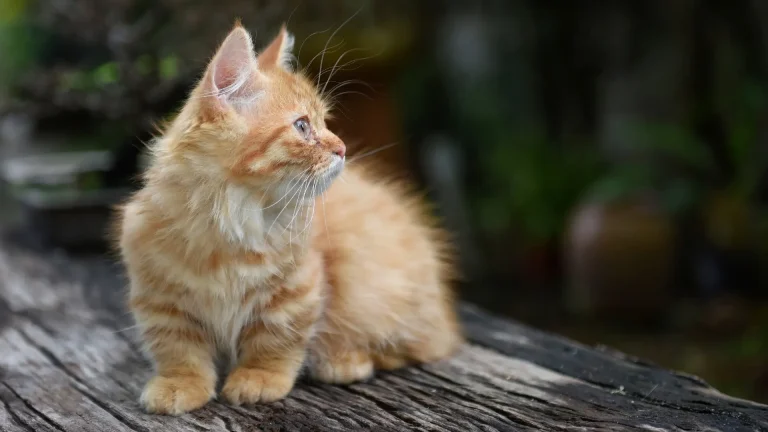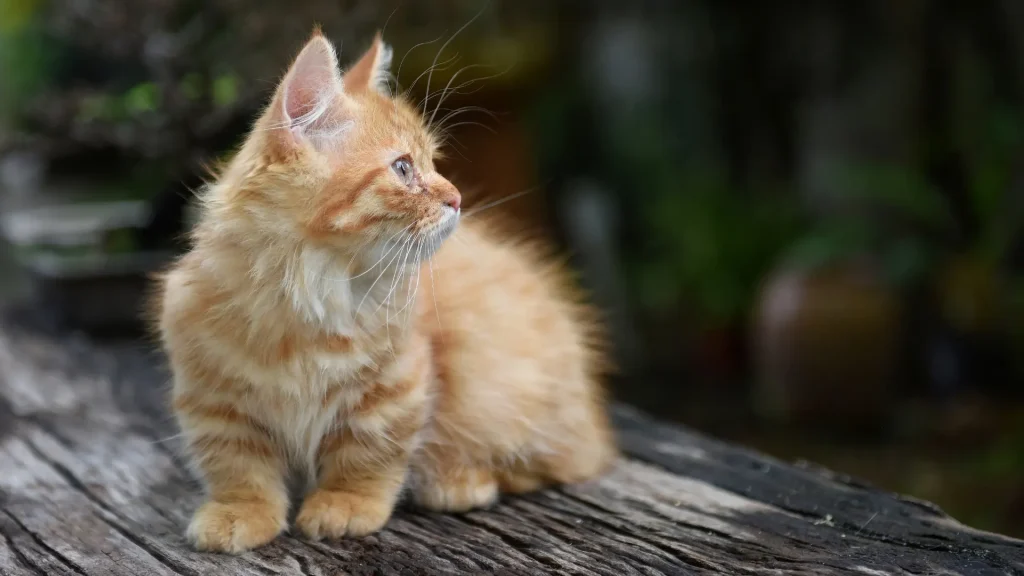Deciding whether to adopt or purchase a Munchkin kitten depends on what matters most to you: cost, health info, or ethics. Buying from a breeder usually means you get detailed pedigree and health records. Adopting lets you give a home to a cat in need, often for less money.
Adoption vs. Breeder: Pros & Cons
| Criteria | Buying from Breeder | Adopting from Shelter/Rescue |
|---|---|---|
| Cost | Higher price reflecting breed purity and lineage documentation. | Lower fees, usually covering vaccinations and spay/neuter. |
| Health History | Detailed health records and possible genetic screening. | Basic health checks; detailed history often unknown. |
| Age Availability | Usually kittens, so you can raise from young age. | Various ages, including adults and seniors. |
| Temperament Insight | Breeders can share personality traits linked to lineage. | Shelter staff provide observations; background may be limited. |
| Supporting Practices | Supports breeding programs; choose ethical breeders. | Supports animal welfare by rehoming cats in need. |
| Breed Purity & Pedigree | Guaranteed purebred with official papers. | Often mixed or unknown breed without pedigree. |

